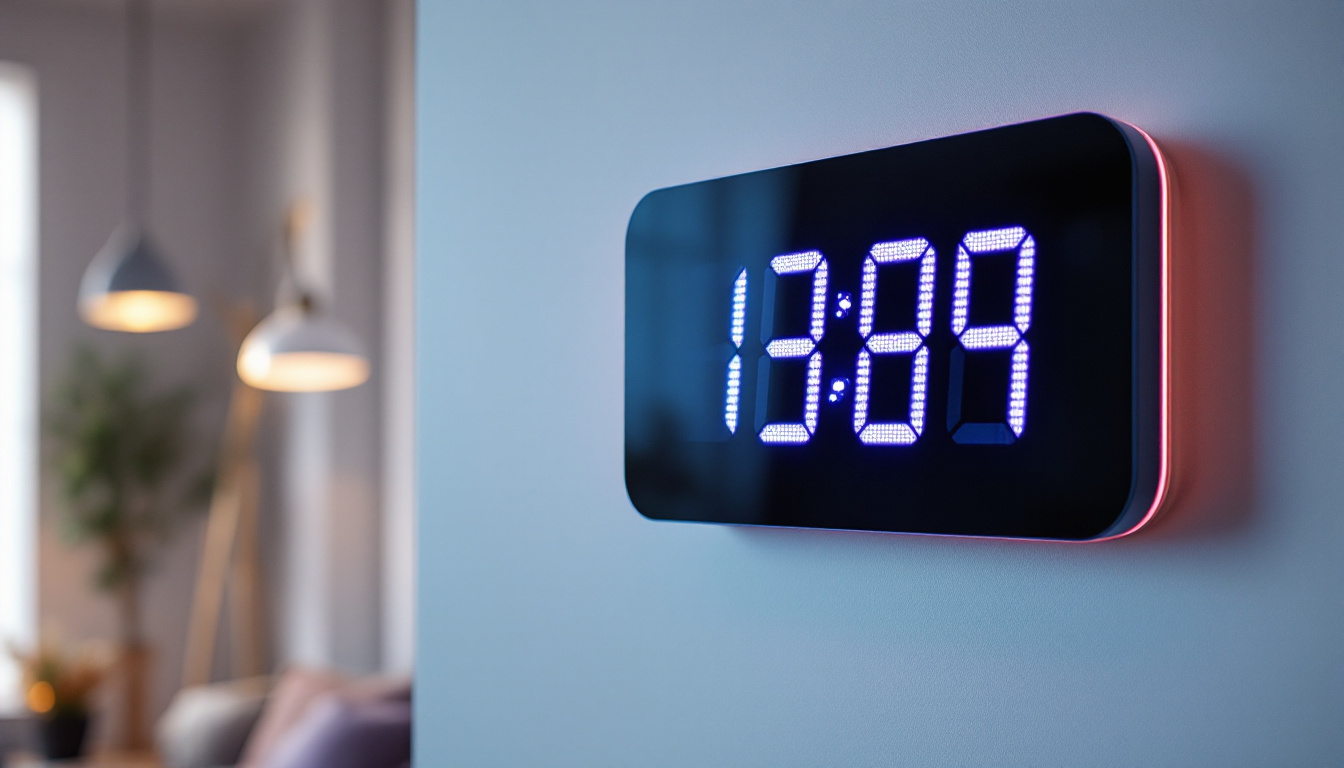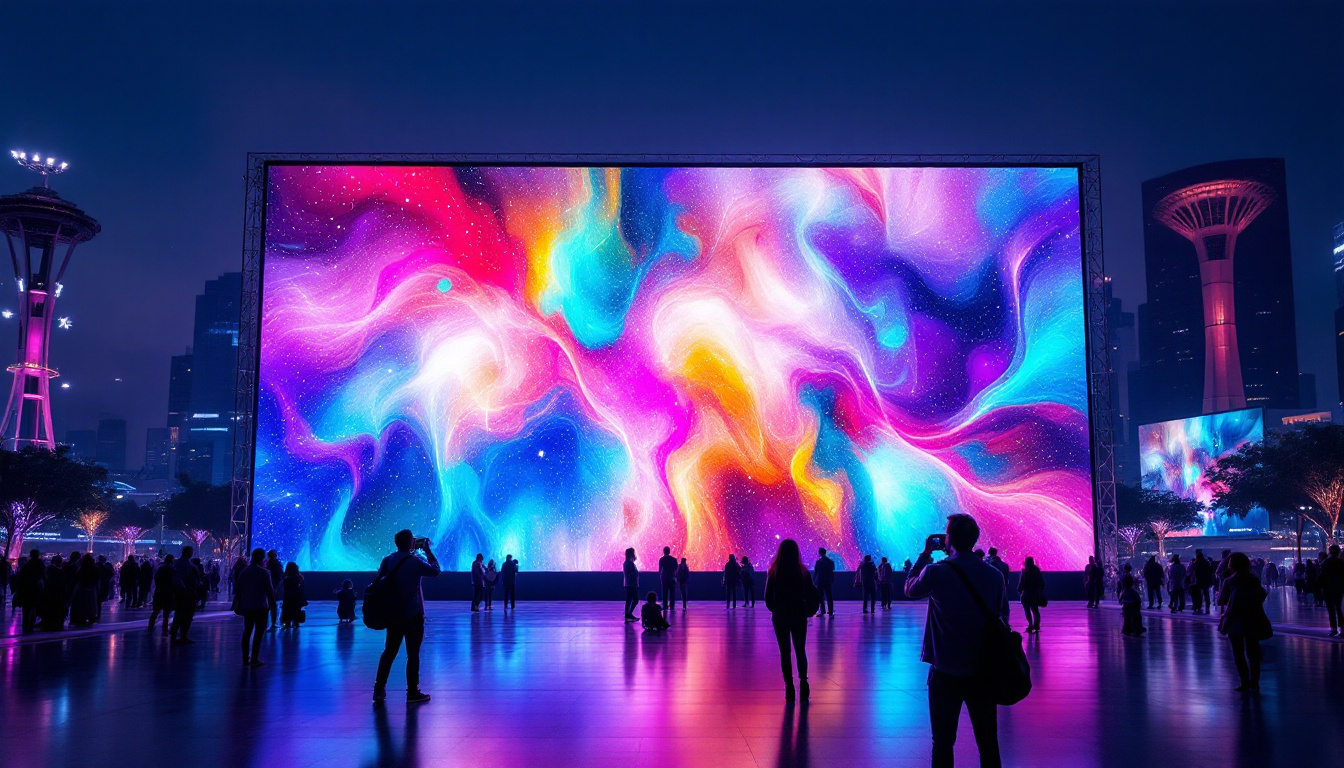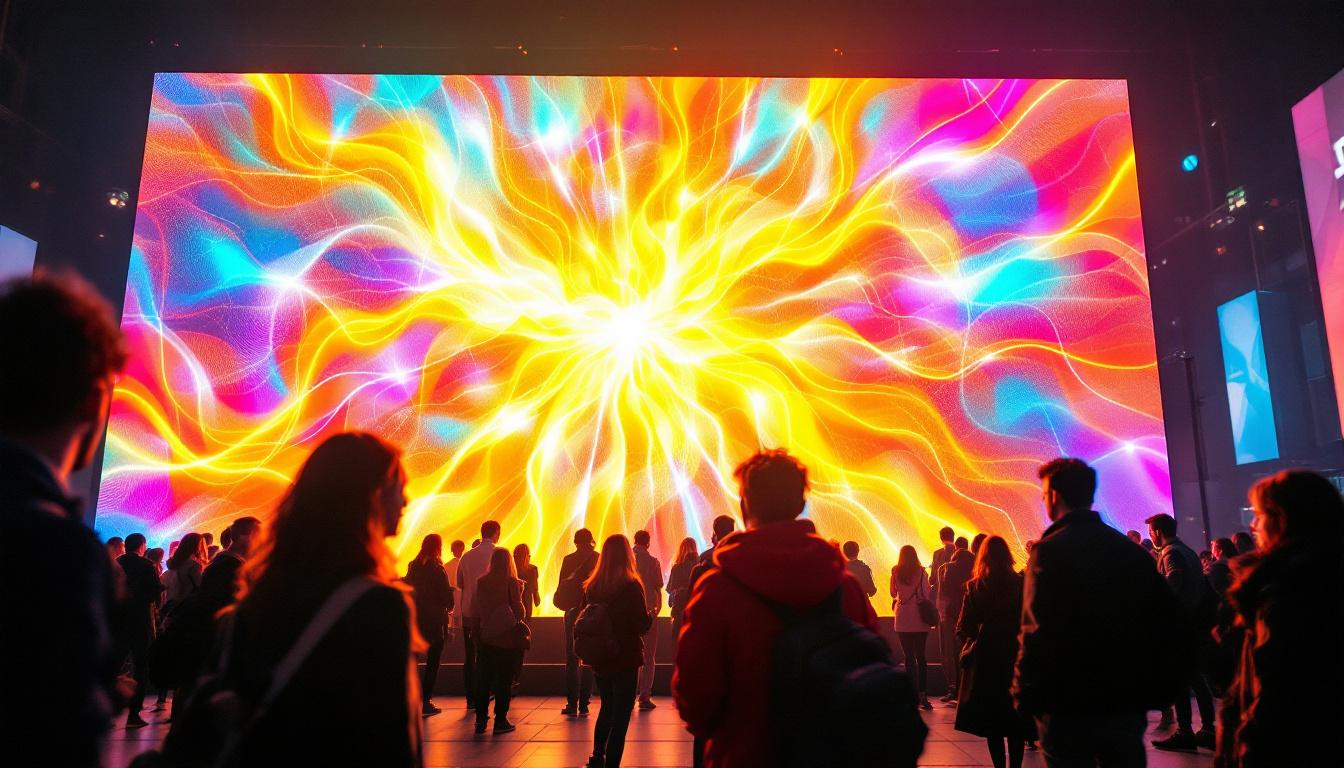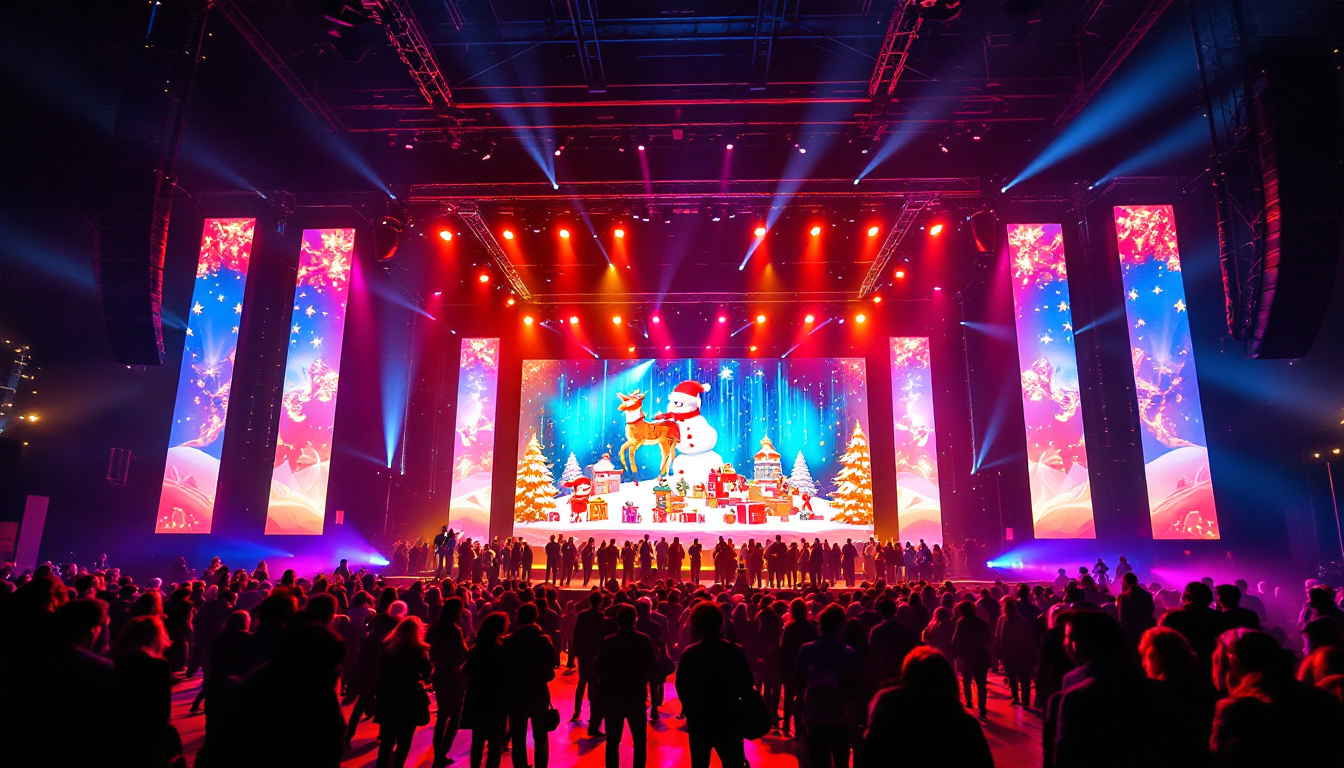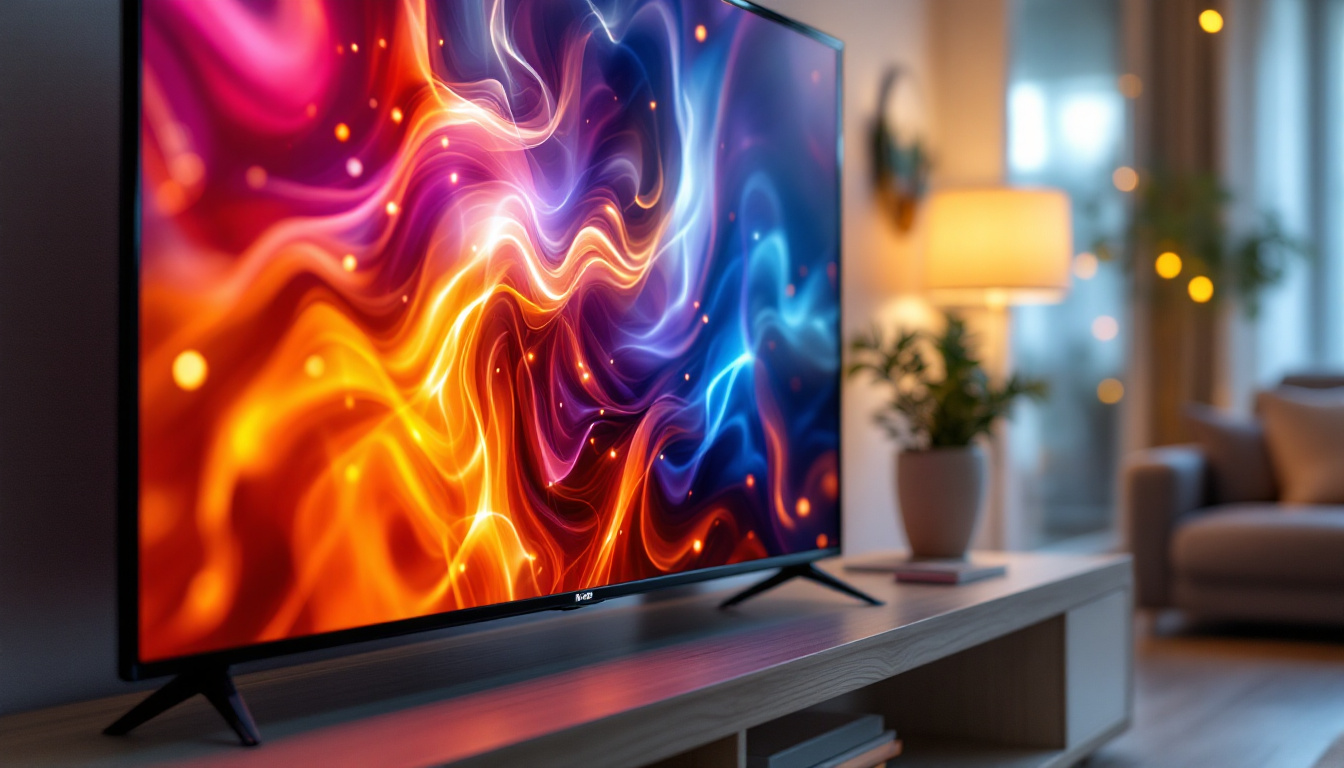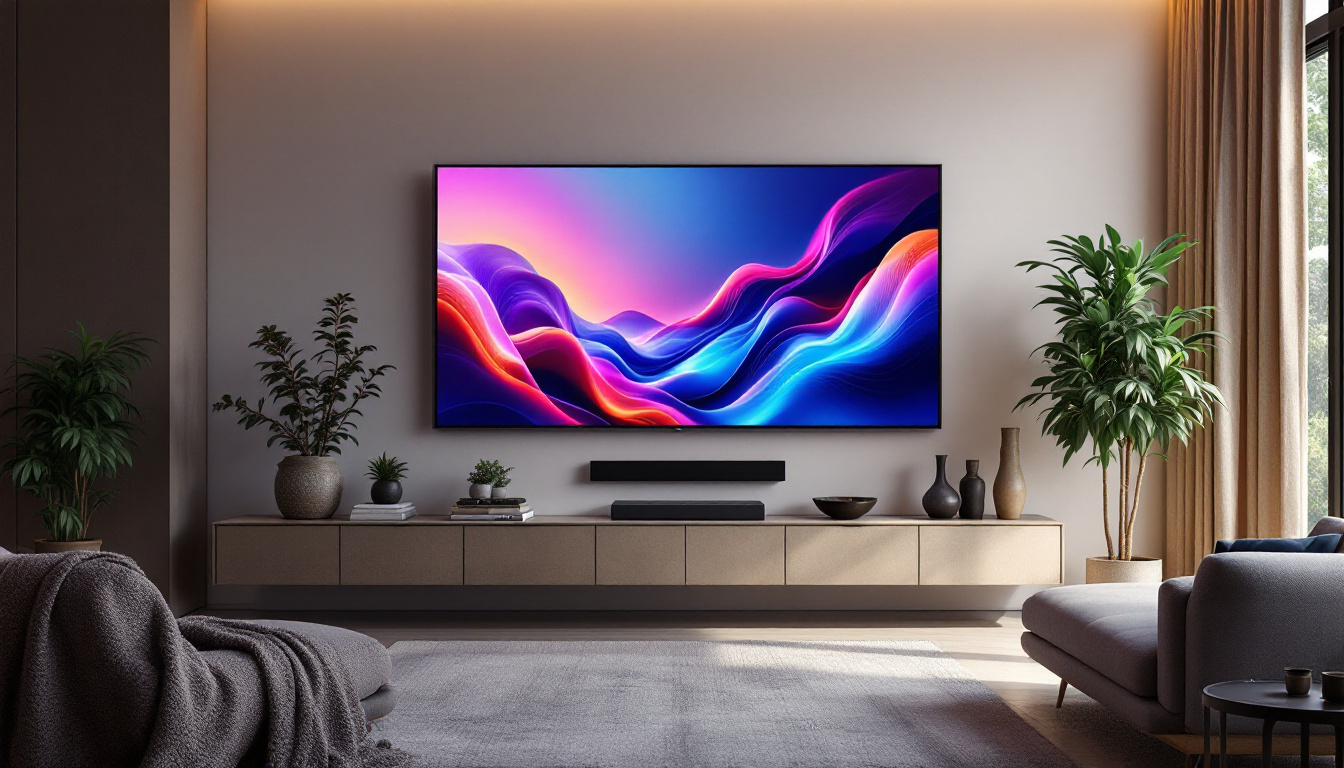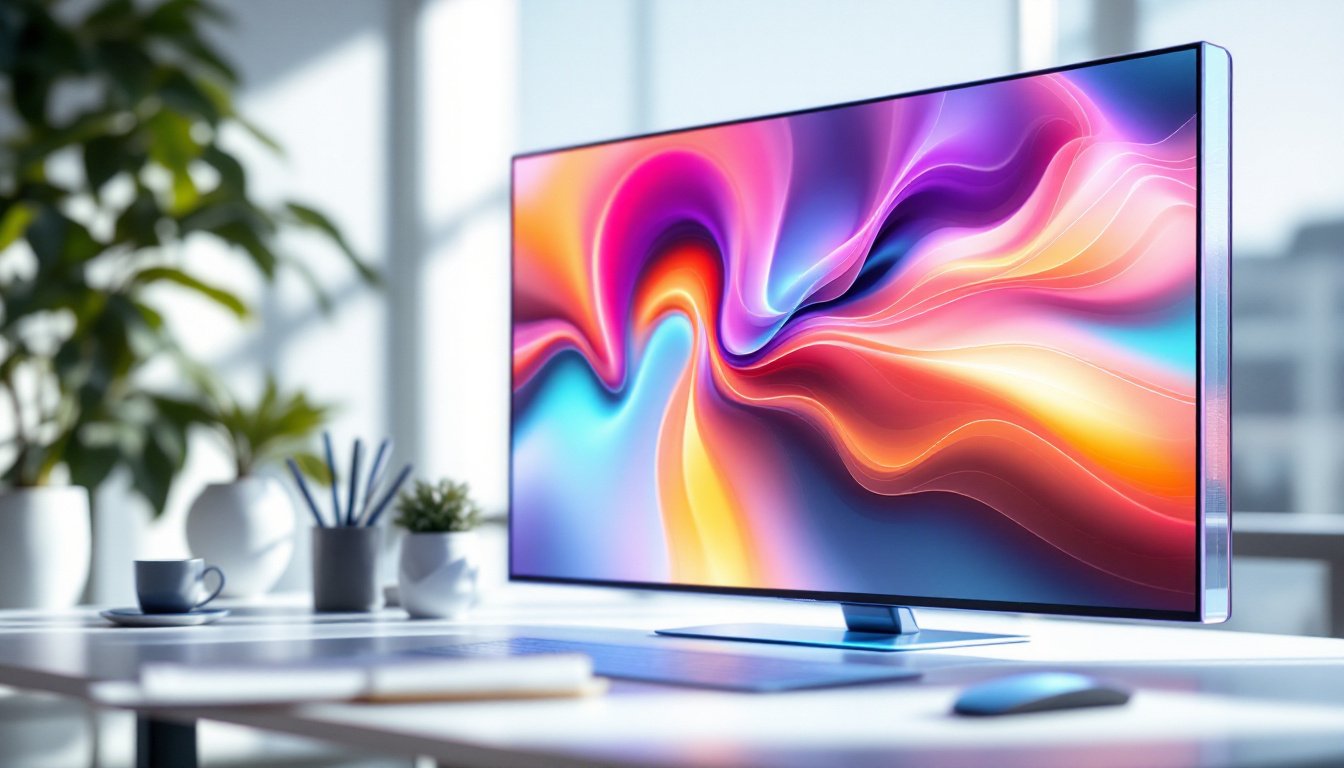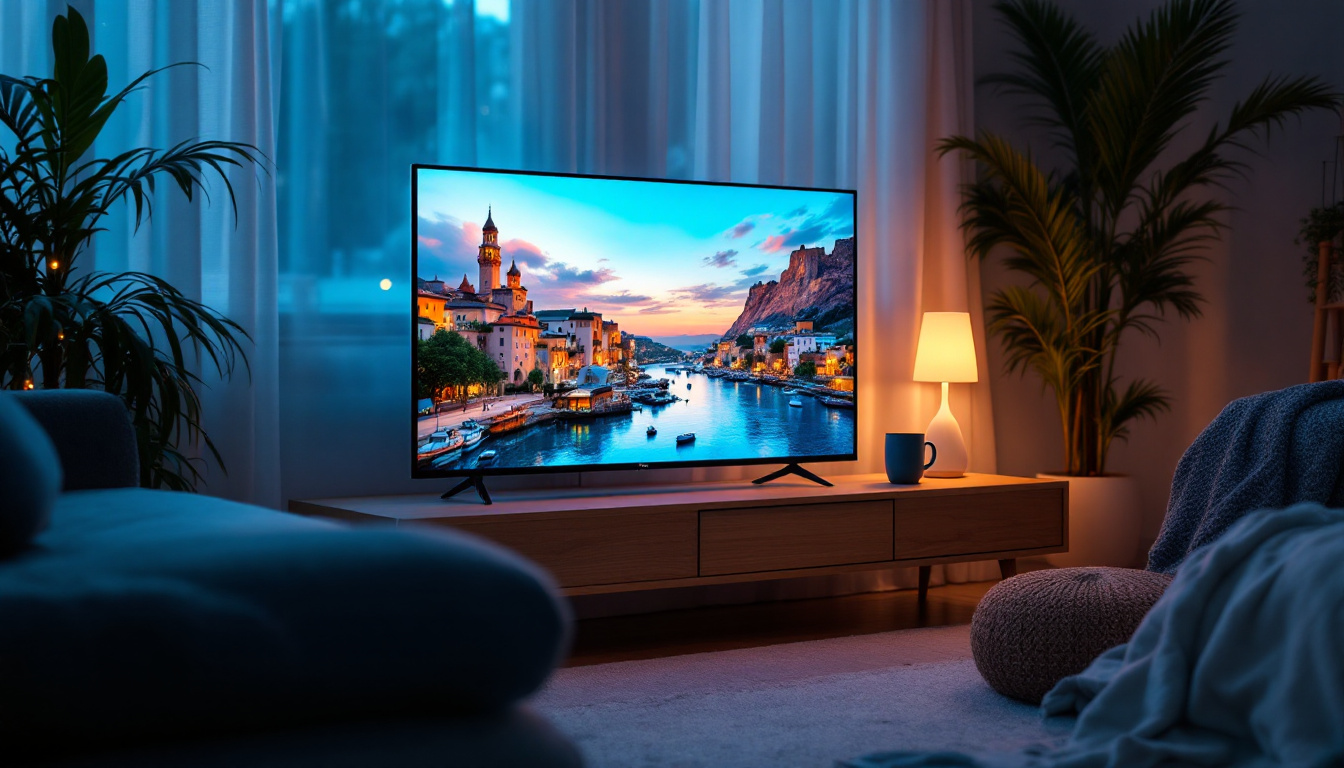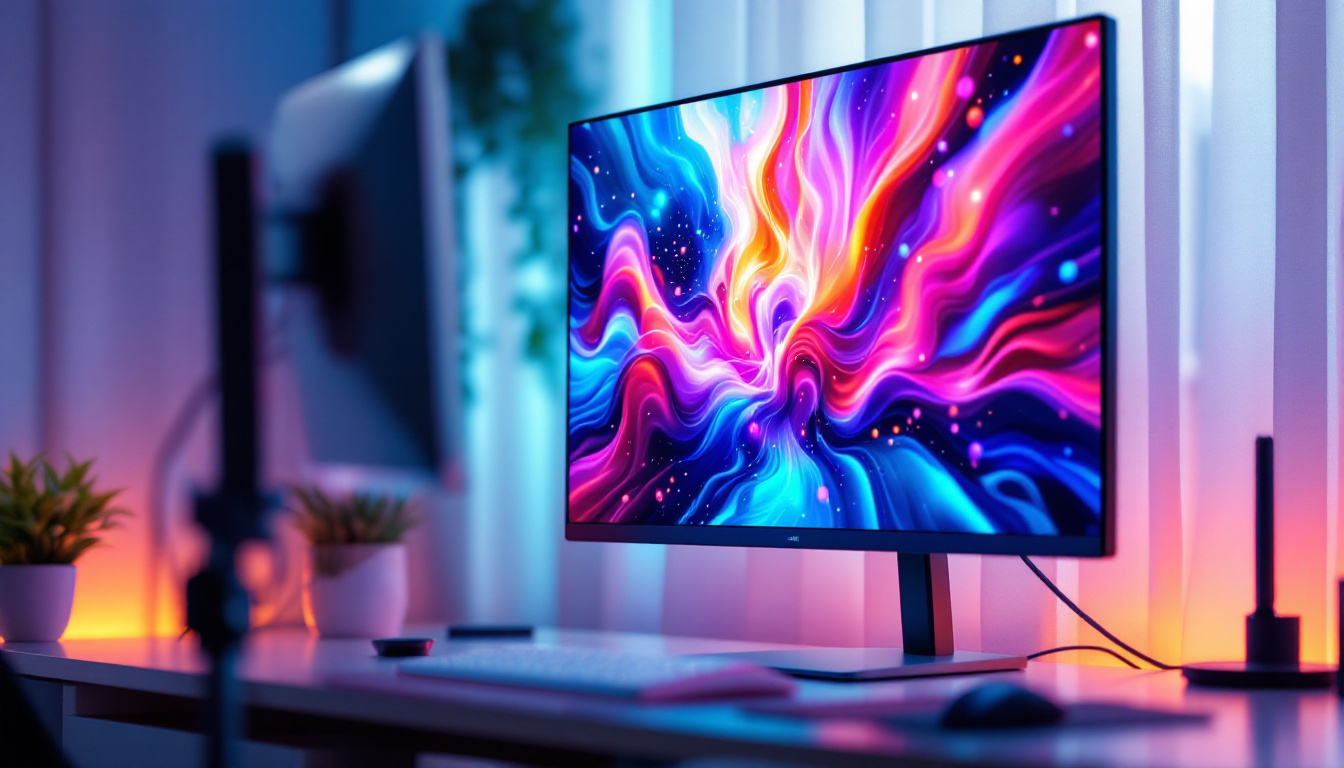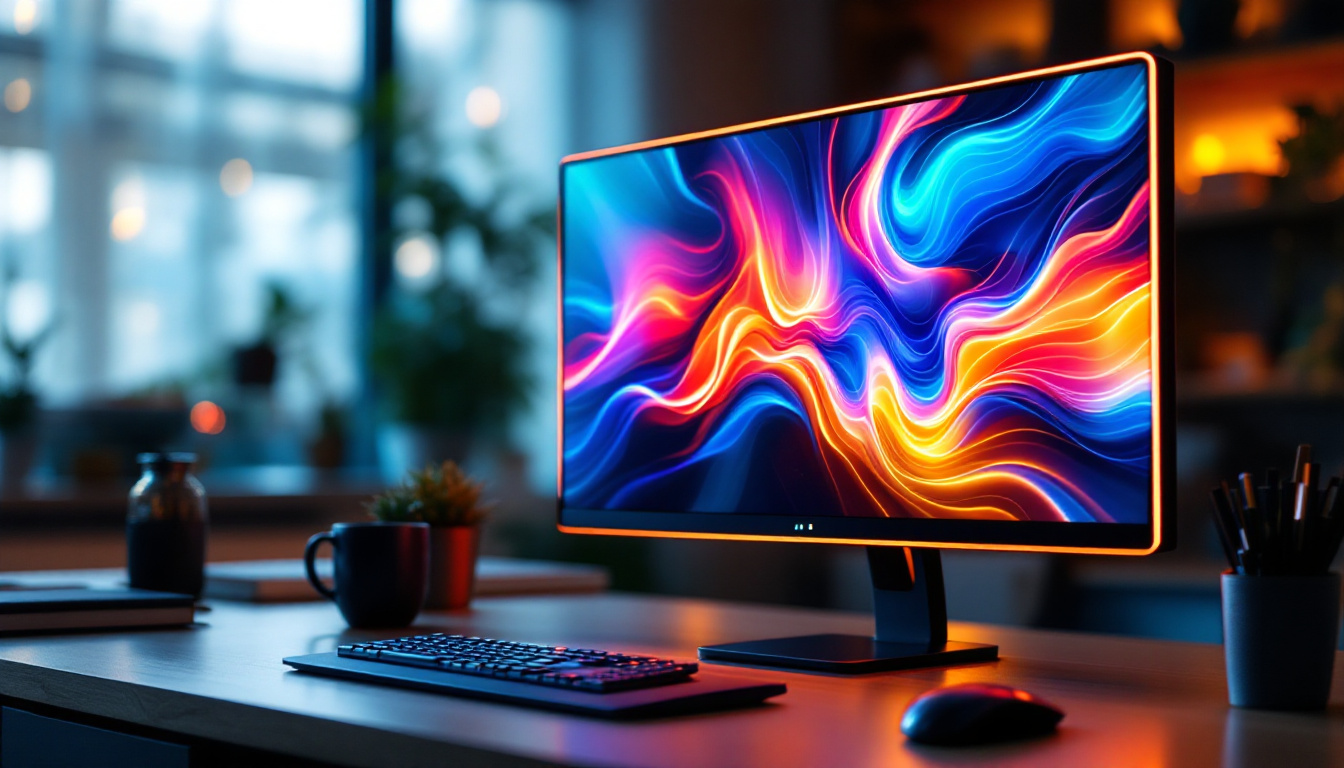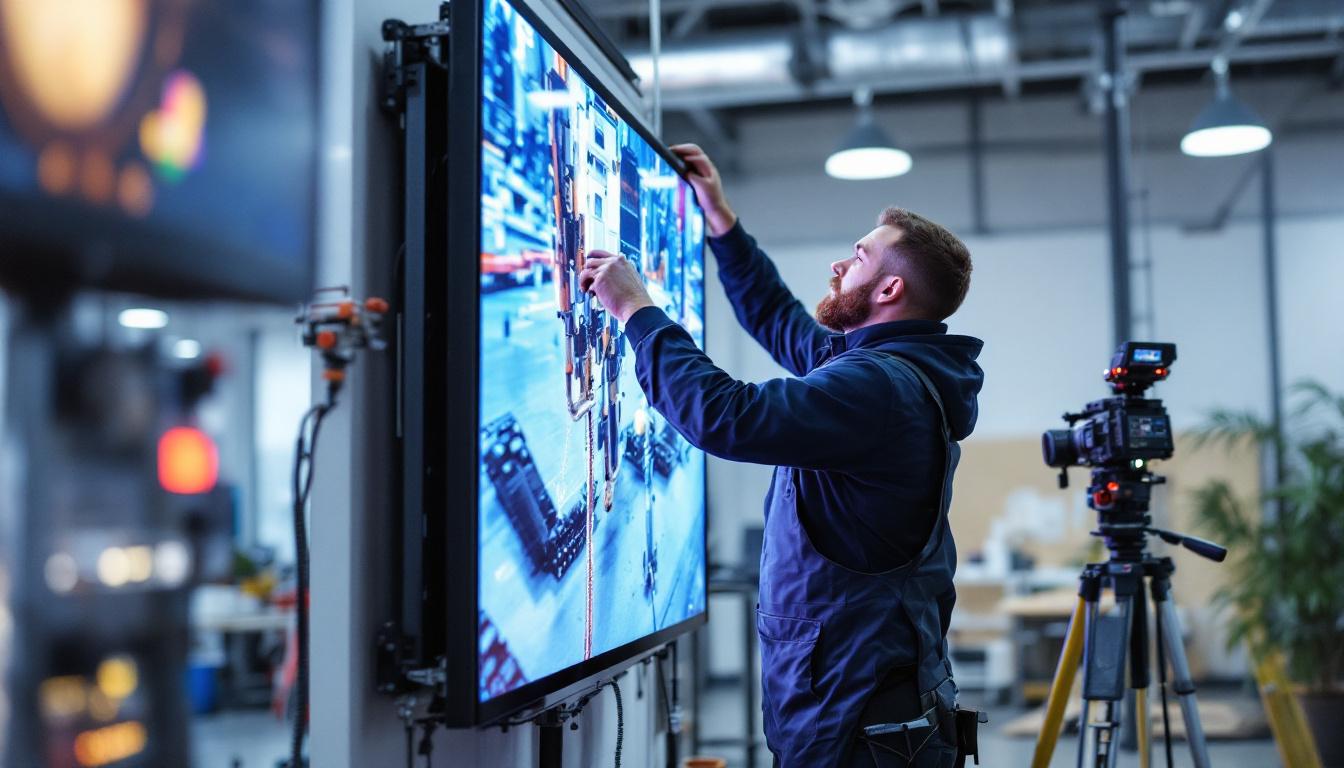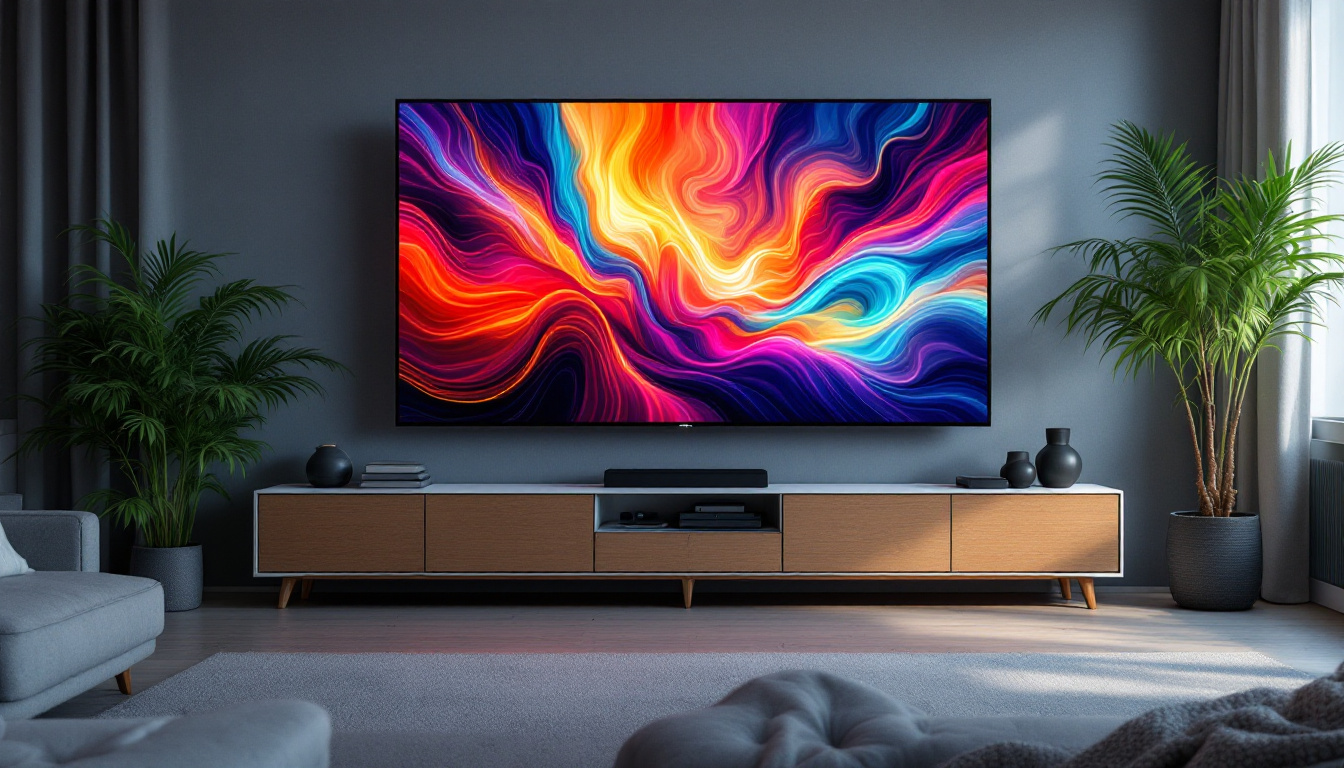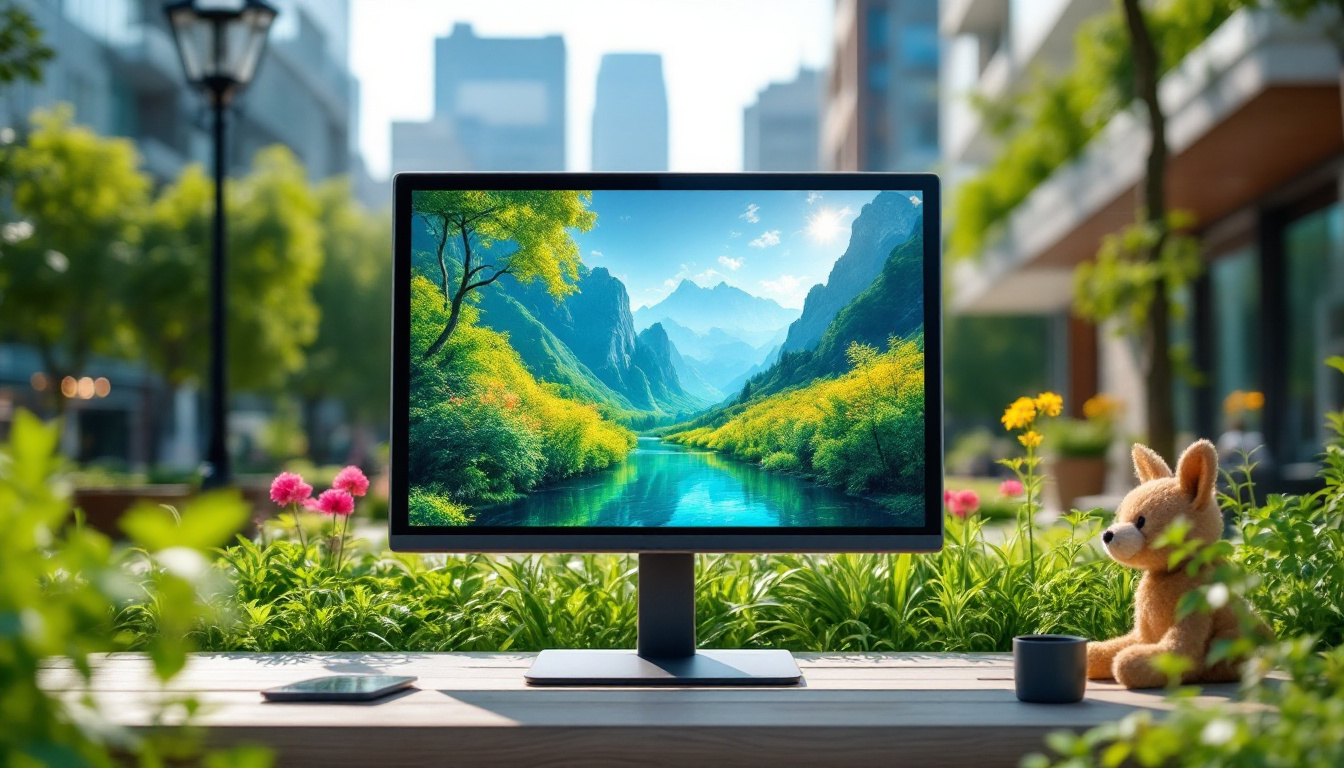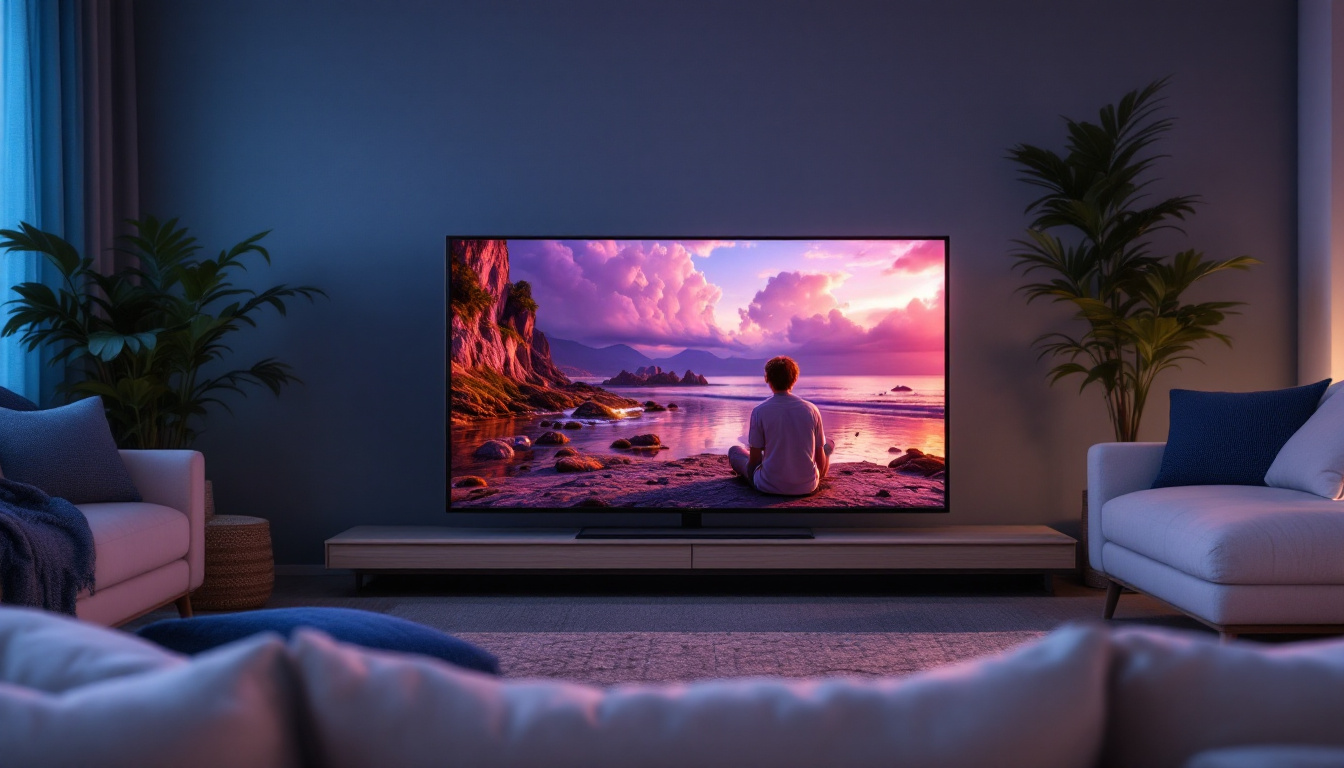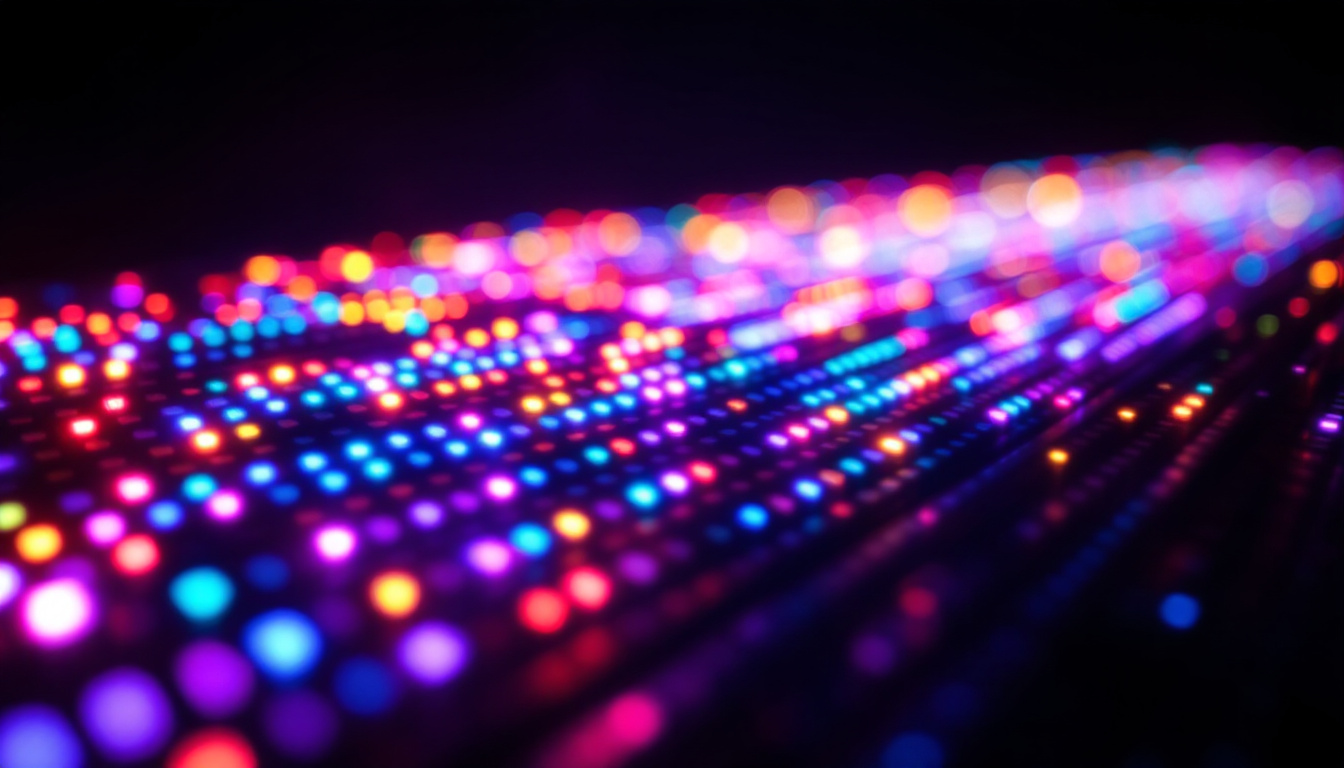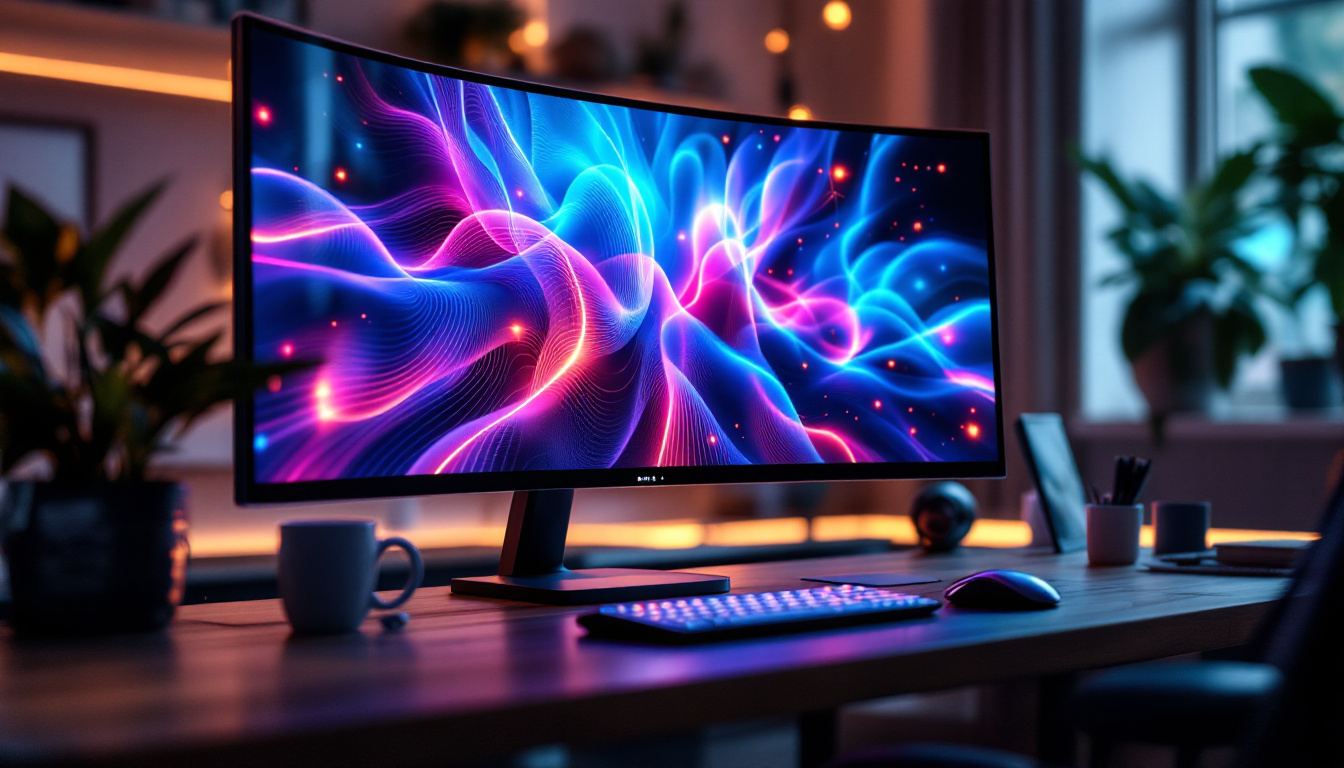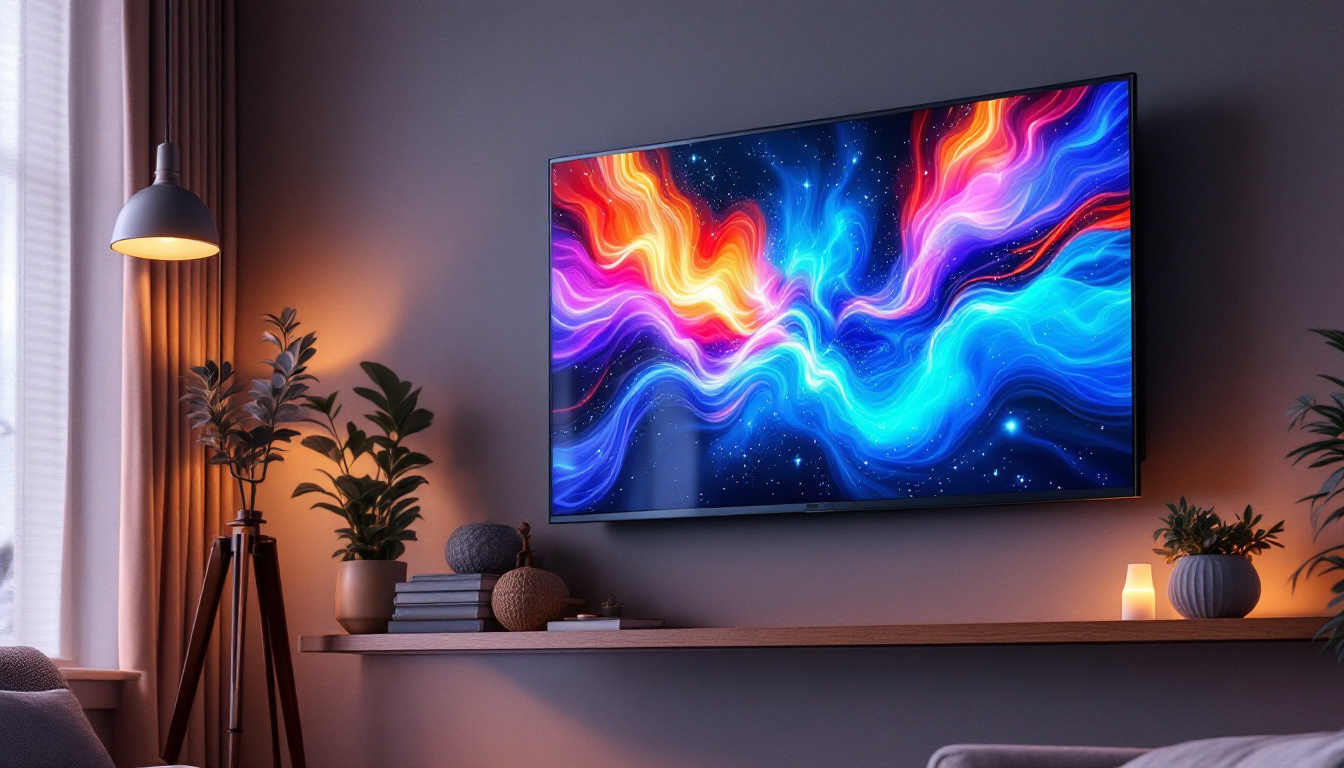In the realm of modern advertising and communication, indoor LED displays have emerged as a dominant force. Their vibrant colors, dynamic content capabilities, and energy efficiency make them an attractive option for businesses looking to enhance their visibility. However, understanding the price dynamics of these displays can be complex. This article delves into the factors influencing indoor LED display prices, the technology behind them, and their applications.
Understanding Indoor LED Displays
Before diving into pricing, it’s essential to grasp what indoor LED displays are and how they function. These displays utilize light-emitting diodes (LEDs) to present images and videos, making them a popular choice for various environments, from retail spaces to corporate offices. Their versatility and adaptability have made them a staple in modern visual communication, allowing businesses to engage customers and convey messages effectively.
Technology Behind LED Displays
The technology behind LED displays is relatively straightforward yet sophisticated. At their core, LED displays are made up of numerous small diodes that emit light when an electric current passes through them. This allows for the creation of bright and colorful images that can be viewed from various angles. The efficiency of LEDs also means that they consume less power compared to traditional display technologies, making them an environmentally friendly option.
Indoor LED displays typically consist of RGB (red, green, blue) diodes that combine to produce a full spectrum of colors. The resolution of these displays, measured in pixels per square meter, significantly affects the quality of the images produced. Higher resolution displays provide sharper images, making them ideal for close viewing distances. Additionally, advancements in technology have led to the development of features such as high dynamic range (HDR) and improved refresh rates, further enhancing the visual experience.
Types of Indoor LED Displays
Indoor LED displays come in various types, each tailored for specific applications. Common types include:
- Direct View LED Displays: These are the most common type and are used for advertising and information dissemination.
- LED Video Walls: Composed of multiple panels, these displays create a larger image and are often used in events and exhibitions.
- Transparent LED Displays: These innovative displays allow light to pass through, making them ideal for storefronts while still providing dynamic content.
Another notable type is the Curved LED Display, which can create immersive viewing experiences by wrapping around spaces or structures. This type is particularly popular in entertainment venues and retail environments, where capturing attention is crucial. Additionally, Interactive LED Displays have emerged, allowing users to engage directly with the content through touch or gesture controls, thereby enhancing customer interaction and engagement.
As the technology continues to evolve, the integration of smart features into indoor LED displays is becoming more prevalent. These displays can now be connected to the internet, enabling real-time content updates and analytics tracking. This capability allows businesses to tailor their messages based on audience engagement and preferences, ensuring that the content remains relevant and impactful.
Factors Influencing Indoor LED Display Prices
The price of indoor LED displays can vary widely based on several factors. Understanding these elements can help businesses make informed purchasing decisions.
Display Resolution
One of the most significant factors affecting price is the display resolution. Higher resolution displays, which have more pixels per square meter, tend to be more expensive. This is because they require more advanced technology and materials to produce clearer and sharper images.
For example, a display with a pixel pitch of 1.2mm will generally cost more than one with a pixel pitch of 4mm. The former is suitable for close viewing distances, such as in retail environments, while the latter may be adequate for larger spaces where viewers are farther away.
Size and Configuration
The size of the LED display also plays a crucial role in determining its price. Larger displays require more materials and components, leading to higher costs. Additionally, custom configurations, such as curved or irregular shapes, can further increase the price due to the complexity of manufacturing and installation.
Moreover, the aspect ratio of the display can influence pricing. Standard aspect ratios may be more affordable, while custom ratios designed for specific applications can come at a premium.
Additional Features and Technology
Indoor LED displays can come equipped with various features that enhance their functionality and performance. These may include:
- Smart Technology: Displays with built-in connectivity options, such as Wi-Fi or Bluetooth, often come at a higher price point.
- High Brightness Levels: Displays designed for environments with high ambient light levels may be more expensive due to the need for advanced components.
- Energy Efficiency: Displays that consume less power may have a higher upfront cost but can lead to savings in energy bills over time.
Cost Breakdown of Indoor LED Displays
When considering the purchase of an indoor LED display, it’s essential to understand the various costs involved. The total price can be broken down into several components.
Initial Purchase Cost
The initial purchase cost is the most apparent expense when acquiring an indoor LED display. This cost encompasses the display itself, which can range from a few thousand to tens of thousands of dollars, depending on the factors discussed earlier.
It’s crucial to compare different models and brands to find a display that meets both quality and budgetary requirements. Additionally, consider the warranty and service agreements offered by manufacturers, as these can impact long-term costs.
Installation and Setup Costs
Installation costs can vary significantly based on the complexity of the setup. Simple wall-mounted displays may require minimal installation, while larger video walls may involve intricate mounting systems and professional installation services.
It’s advisable to obtain quotes from multiple installation companies to ensure competitive pricing. Additionally, consider whether the installation includes calibration and testing, as these services are essential for optimal display performance.
Maintenance and Operational Costs
Once installed, indoor LED displays require ongoing maintenance to ensure they operate effectively. This includes regular cleaning, software updates, and potential repairs. Understanding these operational costs is vital for budgeting over the display’s lifespan.
Moreover, energy consumption should be factored into the overall cost. While many modern LED displays are energy-efficient, it’s essential to calculate potential electricity costs based on usage patterns.
Return on Investment (ROI) for Indoor LED Displays
Investing in an indoor LED display can yield significant returns when implemented strategically. Understanding the potential ROI can help businesses justify the initial expenditure.
Enhanced Customer Engagement
Indoor LED displays can significantly enhance customer engagement by delivering dynamic and eye-catching content. Businesses can showcase promotions, advertisements, and interactive content that captures the attention of passersby.
Research has shown that vibrant displays can increase foot traffic and dwell time in retail environments, ultimately leading to higher sales. The ability to update content in real-time allows businesses to respond quickly to market trends and customer preferences.
Brand Visibility and Recognition
Consistent use of LED displays can boost brand visibility and recognition. By displaying the brand logo and messaging prominently, businesses can create a lasting impression on customers. This is particularly beneficial in competitive markets where standing out is crucial.
Moreover, the use of high-quality visuals can elevate a brand’s perceived value, making it more appealing to potential customers. This enhanced brand image can translate into increased customer loyalty and repeat business.
Cost-Effective Marketing
Compared to traditional advertising methods, indoor LED displays can be a more cost-effective marketing solution. The ability to change content quickly eliminates the need for printing and distributing physical materials, reducing overall marketing costs.
Additionally, businesses can leverage LED displays for multiple purposes, such as advertising, information dissemination, and event promotion, maximizing the return on investment.
Choosing the Right Indoor LED Display
Selecting the right indoor LED display involves careful consideration of various factors. Businesses must assess their specific needs and objectives to make an informed decision.
Assessing Your Space
Before purchasing an indoor LED display, it’s essential to evaluate the space where it will be installed. Consider factors such as viewing distance, ambient light levels, and the overall layout of the area. These elements will influence the display size, resolution, and brightness required for optimal performance.
Moreover, understanding the audience and their interaction with the display can guide the selection process. For instance, a retail environment may benefit from a high-resolution display that showcases products in detail, while a corporate office may prioritize informational content.
Budget Considerations
Establishing a budget is a critical step in the selection process. While it’s tempting to opt for the lowest-priced option, businesses should consider the long-term value and potential ROI of higher-quality displays.
Additionally, factor in installation and maintenance costs when determining the budget. A comprehensive understanding of total costs will help avoid unexpected expenses down the line.
Consulting with Experts
Consulting with industry experts can provide valuable insights into the best indoor LED display options available. Manufacturers and suppliers can offer guidance on the latest technologies, pricing trends, and installation requirements.
Moreover, seeking recommendations from businesses that have successfully implemented LED displays can provide real-world perspectives on performance and ROI.
Conclusion
Indoor LED displays represent a powerful tool for businesses seeking to enhance visibility and engage customers. Understanding the factors influencing their prices, the technology behind them, and their potential ROI is crucial for making informed purchasing decisions.
As the demand for dynamic and visually appealing content continues to grow, investing in an indoor LED display can provide significant benefits. By carefully assessing needs, budgets, and space requirements, businesses can select the right display that aligns with their goals and maximizes their investment.
In a rapidly evolving digital landscape, indoor LED displays are not just a trend but a valuable asset that can drive business success and foster customer connections.
Discover LumenMatrix LED Display Solutions
Ready to elevate your space with cutting-edge LED technology? LumenMatrix offers a comprehensive range of LED display solutions tailored to your unique needs. From captivating Indoor LED Wall Displays to dynamic Outdoor LED Wall Displays, and from mobile Vehicle LED Displays to interactive Floor LED Displays, our products are designed to revolutionize visual communication and engagement. Experience the power of enhanced brand visibility and customer connection with our Custom LED Displays, All-in-One LED Displays, and LED Transparent Displays. Don’t miss the opportunity to transform your business’s visual impact. Check out LumenMatrix LED Display Solutions today and start sharing your message with the world.




